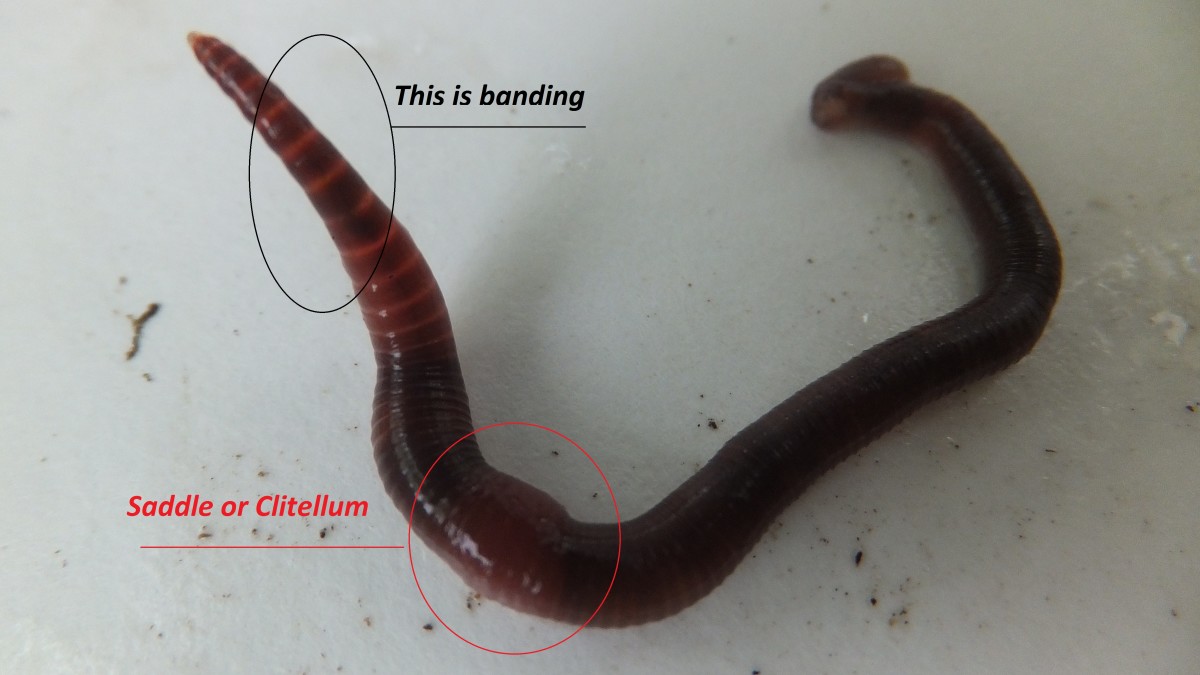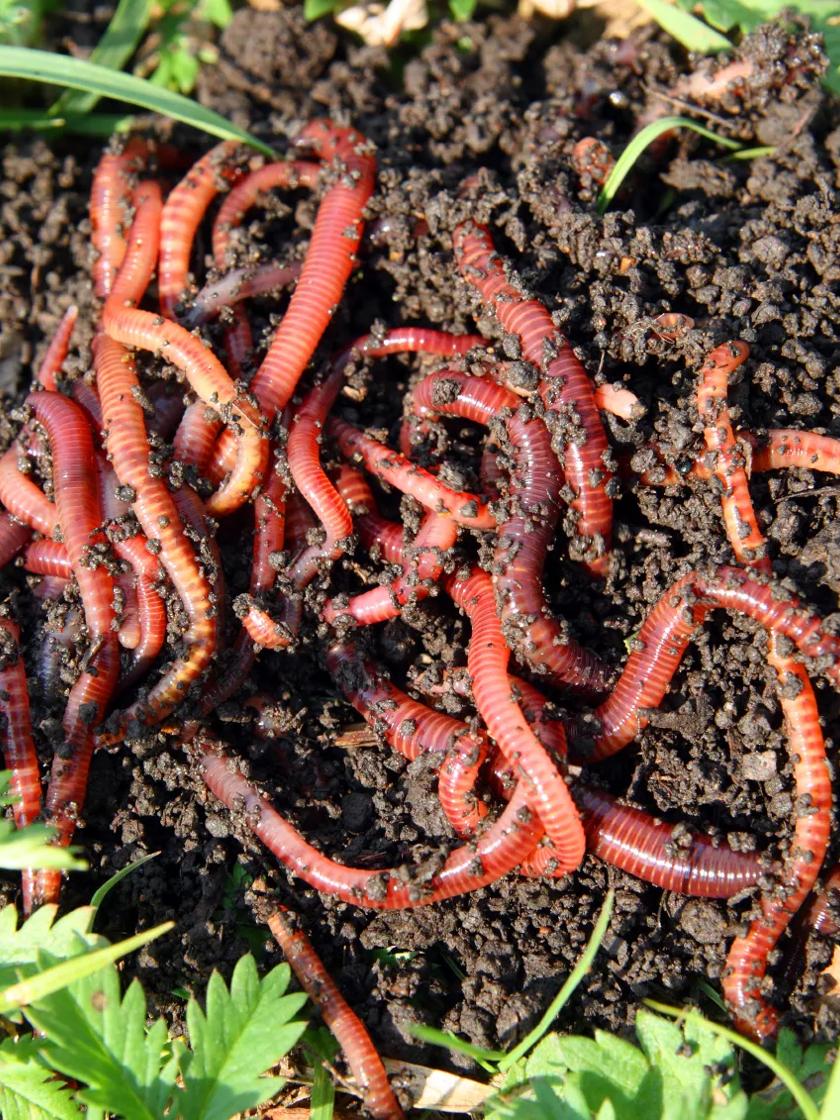Enhance Your Fishing Success with Red Wiggler Express Worms
Enhance Your Fishing Success with Red Wiggler Express Worms
Blog Article
Just How Red Wigglers Can Transform Your Composting Experience
The combination of red wigglers right into composting practices uses a transformative approach to lose management and soil enrichment. Recognizing the certain needs and advantages linked with maintaining a prospering worm population is important for optimizing their potential.
Advantages of Red Wigglers
Red wigglers, medically called Eisenia fetida, are a foundation of efficient composting systems because of their exceptional capacity to decay organic issue successfully. These worms stand out in changing cooking area scraps, yard waste, and other organic materials into nutrient-rich compost, commonly referred to as worm castings. Lake Hickory Bait. This procedure not only reduces land fill waste but also adds to sustainable gardening techniques
Among the primary advantages of red wigglers is their high reproduction rate, allowing them to populate a composting environment promptly. This quick reproduction enhances decomposition prices, causing faster compost manufacturing. Furthermore, red wigglers flourish in a diverse series of conditions, making them adaptable to numerous composting arrangements.

Establishing Your Worm Container
(Lake Rhodhiss Bait)To develop an efficient worm container for composting, careful focus has to be provided to its layout and environment. An excellent worm bin should be built of products that are durable yet allow for required air movement, such as plastic or timber. The dimension of the container can differ, yet a volume of around 1 square foot per pound of worms is a good beginning factor.
Ensure that the bin has drain holes to avoid water buildup, which can cause anaerobic problems destructive to the worms. In addition, integrating air flow holes will assist preserve proper moisture degrees and oxygen circulation.
Next, it is necessary to offer bed linens for the worms, which can consist of shredded paper, cardboard, or coconut coir. This bed linens not just offers an environment for the worms but additionally help in moisture retention.
Position the worm bin in a location that keeps a temperature array of 55-77 ° F(13-25 ° C) to optimize worm activity. Stay clear of placing the container in straight sunlight or extreme temperature levels. By complying with these guidelines, you can produce a conducive environment for red wigglers, improving the efficiency of your composting procedure.
What to Feed Your Worms

(Red Wiggler Express)Red wigglers particularly appreciate soft, wet foods like watermelon peels, cucumber peels, and banana Visit This Link peels. Nevertheless, it is crucial to prevent feeding them citrus fruits, onions, and garlic, as these can be harmful to their well-being. Additionally, cooked foods, dairy items, and meat needs to be purely prevented, as they can result in odors and bring in parasites.
Supplying a regular feeding routine will help keep your worm populace growing while enhancing the overall efficiency of your composting initiatives. By recognizing what to feed your worms, you lay the foundation for an effective and sustainable composting experience.
Keeping a Healthy And Balanced Environment
Creating a growing composting environment for red wigglers requires focus to their habitat, as it straight influences their health and productivity. The optimal habitat ought to maintain a well balanced dampness level, typically in between 60-70%. Extreme wetness can bring about anaerobic problems, while insufficient dampness may dry out the worms.

The bed linens material in the garden compost need to be diverse and shredded, integrating materials like cardboard, newspaper, and coconut coir. This not just provides a comfortable atmosphere but also works as a food resource. Lake Hickory Bait. Consistently looking for smells or indications of bugs can assist recognize possible issues before they intensify
Finally, preserving a balanced pH level, preferably between 6 and 7, guarantees a favorable environment for red wigglers, promoting their ability to procedure natural matter effectively. By attending to these factors, you can produce a lasting and productive composting community.
Harvesting and Using Garden Compost
Collecting compost from a worm bin is a satisfying process that changes natural waste into nutrient-rich product for yards and plants. This can be done making use of approaches such as the "light" technique, where worms are brought in to light and can be scooped away from the top layers, or by moving the garden compost to one side of the container and including fresh bed linens to the other side, urging the worms to migrate.
When the worms are removed, the staying compost can be sorted to remove any type of larger bits or undecomposed product. This abundant compost can be applied directly to garden beds, mixed right into potting soil, or made use of as a leading clothing for potted plants.
Conclusion
Including red wigglers into composting techniques dramatically enhances the disintegration procedure and adds to the manufacturing of nutrient-rich vermicompost. The resulting worm castings improve dirt framework, fertility, and microbial task, eventually advertising healthier plant growth.
Report this page